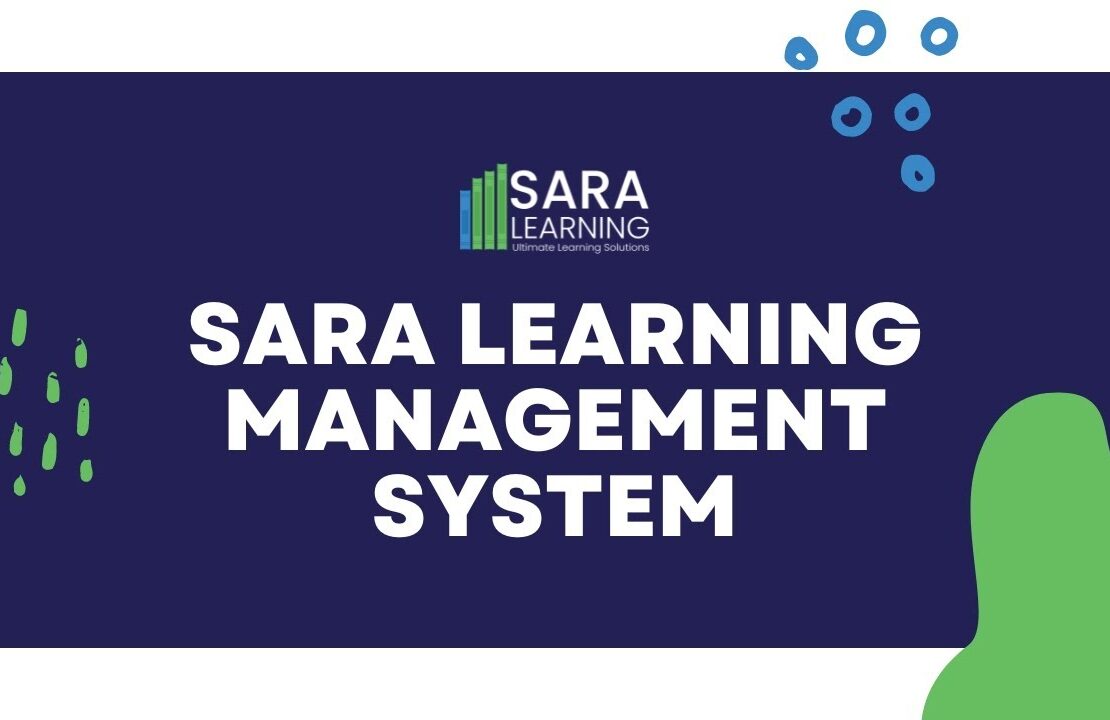
Building a Learning Management System (LMS) in a vibrant and diverse country like the US presents a unique opportunity to revolutionize how education and training are delivered. Whether you’re a school, business, or freelance educator, an effective LMS can become the backbone for delivering courses, tracking progress, and improving the overall learning experience. But how do you create one that stands out in the competitive US landscape? In this guide, we’ll explore the five essential steps to building a successful Learning Management System in the US.
Define Your Objectives for the Learning Management System
The first step in a successful Learning Management System Development is to clearly define your objectives. Start by asking: What do you want to achieve with your LMS? Are you aiming to provide employee training, offer online courses to students, or create a platform for professional development? Having a clear understanding of your goals will help you determine the necessary scope, features, and functionalities.
Equally important is understanding your target audience. In the US, you’re addressing a diverse population that includes professionals, students, and lifelong learners from around the globe. Conducting thorough market research will help tailor your LMS to their varying learning needs, preferences, and technological abilities.
When defining objectives, consider both short-term and long-term goals. Whether you’re starting with a basic platform or envisioning a comprehensive learning environment in the future, having a clear vision ensures your LMS can scale as your needs grow.
Choose the Right Technology and Platform
Once you’ve defined your objectives, the next step is to choose the right technology and platform for your LMS. This decision is crucial because the platform you select will determine the system’s functionality, ease of use, scalability, and cost. Several popular platforms are available, each with its own strengths and weaknesses.
For instance, Moodle is an open-source platform known for its flexibility and customizability. It’s widely used in the US by educational institutions due to its range of features and plugins that can be tailored to specific needs. Blackboard is another popular choice, especially for corporate training, as it offers robust analytics and reporting tools to track employee progress. Canvas, on the other hand, is recognized for its user-friendly interface and strong integration capabilities with other tools. When selecting a platform, consider the following factors:
- Ease of Use: The platform should be easy for both administrators and learners to navigate. A complex or confusing system may discourage users from engaging with the content.
- Scalability: As your LMS grows, you’ll need a platform that can handle increased traffic and content without sacrificing performance.
- Cost: Open-source platforms like Moodle can be cost-effective but may require more technical expertise for customization and maintenance. Commercial platforms might offer more support but typically come with higher licensing fees.
Ultimately, the best choice will depend on your specific needs, budget, and the skills of your development team.
Develop Engaging and Relevant Content
Content is the cornerstone of any Learning Management System in US. Regardless of how advanced your platform may be, it will not succeed without engaging, high-quality content that resonates with your users. In the U.S., where the audience is highly diverse, it’s crucial to create content that is both relevant and inclusive.
To ensure your content is effective, consider the different learning preferences of your audience. Some learners may prefer reading articles or watching videos, while others may benefit more from interactive quizzes or live webinars. Offering a variety of content formats can engage all types of learners and keep them invested in the learning experience.
When developing content, prioritize clarity, relevance, and accessibility. Use clear, straightforward language, avoid jargon, and break down complex concepts into easily digestible sections. Incorporate local examples and case studies to make the content more relatable to your U.S. audience. Additionally, adhere to accessibility standards to ensure all learners, including those with disabilities, can access your materials. This can include adding subtitles to videos, providing transcripts for audio content, and using screen-reader-friendly formats. By focusing on these key elements, you can create a more inclusive, engaging learning experience for all.
Implement Effective User Experience (UX) Design
A well-designed user experience (UX) is essential to the success of any Learning Management System (LMS). A poor UX can cause frustration, disengagement, and ultimately, platform failure. On the other hand, an intuitive, visually appealing, and easy-to-navigate LMS can greatly enhance the learning experience.
Consider the user journey: how will learners interact with the LMS? Are menus and buttons clearly labeled? Is the platform mobile-friendly? Does the design accommodate various learning styles and preferences? These are crucial questions to ask when developing your LMS.
In a diverse market like the U.S., where users come from various backgrounds and possess different levels of digital literacy, it’s important to create a user-friendly design that caters to everyone. Offer multilingual support for non-native English speakers, and ensure the LMS complies with Web Content Accessibility Guidelines (WCAG) to make it accessible for people with disabilities. By focusing on UX design, you can create an LMS that engages and supports all learners, leading to higher success rates.
Ensure Compliance and Security Standards
Building an LMS in the U.S. requires adherence to both local and international regulations concerning data protection and privacy. The General Data Protection Regulation (GDPR) is especially relevant if your platform serves users in the European Union, mandating strong security measures like data encryption, secure login processes, and regular security audits to safeguard personal data.
Compliance goes beyond just security; it also involves ensuring accessibility and inclusivity. Following the Web Content Accessibility Guidelines (WCAG) will make your LMS accessible to all users, including those with visual, auditory, cognitive, or physical disabilities. Accessibility isn’t just a legal requirement; it’s also a reflection of your commitment to diversity and inclusion—particularly important in a multicultural country like the U.S.
Additionally, be mindful of other local regulations that may apply to your LMS. For example, if your platform handles financial transactions, compliance with Payment Card Industry (PCI) standards is essential. If it stores health data, it must also comply with applicable health data regulations like HIPAA in the U.S. By ensuring compliance with these standards, you not only protect your users but also build trust and credibility for your LMS.
Conclusion
Building a Learning Management System (LMS) in the U.S. is an exciting yet complex endeavor. By following five key steps—defining your objectives, selecting the right technology, creating engaging content, implementing a user-friendly UX design, and ensuring compliance and security—you can develop an LMS that not only meets the needs of a diverse audience but also stands out in a competitive market.
Whether your target audience includes students, professionals, or lifelong learners, a well-designed LMS can revolutionize how education is delivered and experienced in one of the world’s most dynamic environments. Take the first step today and confidently start building your LMS for success!
FAQs
What is a Learning Management System?
A Learning Management System (LMS) is a digital platform designed to manage, deliver, and track educational or training courses online. It enables educators and organizations to create, distribute, and manage content while monitoring learners’ progress.
How much does it cost to build an LMS in London?
The cost of building an LMS in London varies significantly depending on the features, platform choice, and level of customization. It can range from a few thousand pounds for a basic system to several hundred thousand pounds for a highly customized, feature-rich platform.
How long does it take to develop an LMS?
The time required to develop an LMS depends on the complexity of the platform and the features needed. A basic LMS might take a few months, while a more advanced system could take over a year to develop fully.
What are the legal requirements for an LMS in London?
Legal requirements for an LMS in London include compliance with the General Data Protection Regulation (GDPR), adherence to accessibility standards like the Web Content Accessibility Guidelines (WCAG), and ensuring the privacy and security of user data.
How can I make my LMS stand out in the London market?
To make your LMS stand out in the London market, focus on delivering unique, high-quality content, providing an excellent user experience, and ensuring compliance with local regulations. Additionally, leveraging local partnerships and incorporating London-specific content can help differentiate your LMS from competitors.

